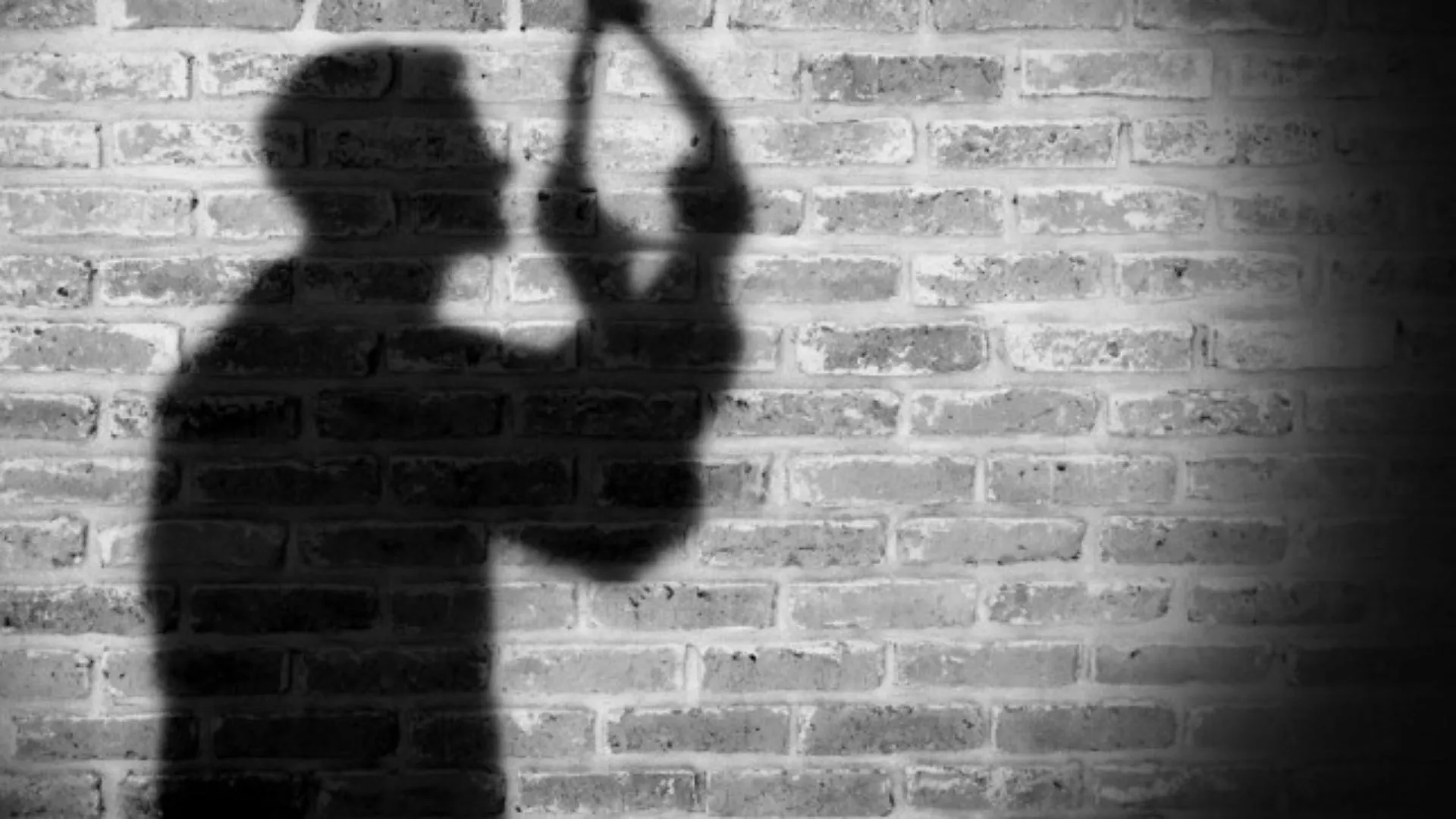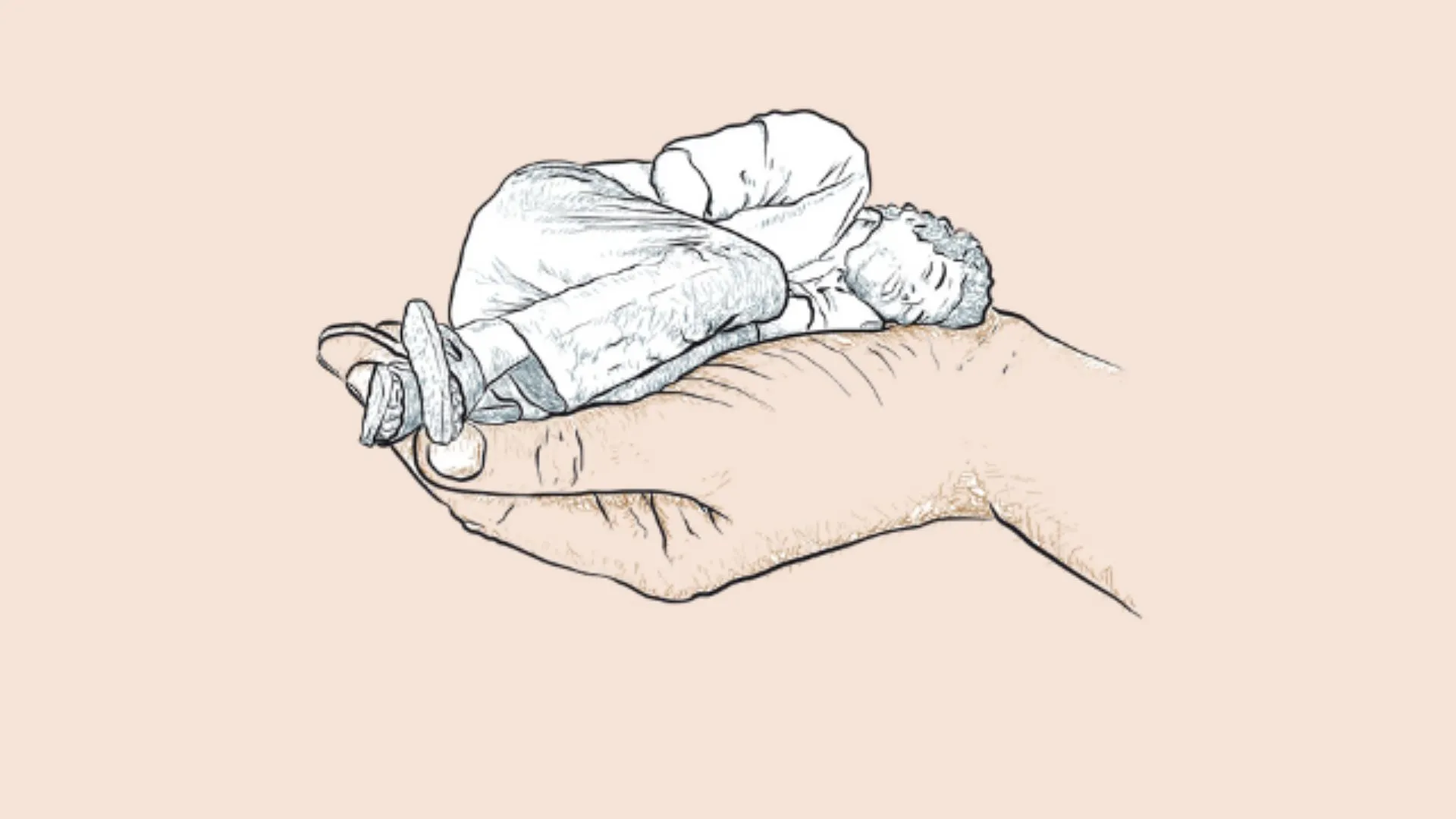Teen suicide has emerged as a pressing global crisis. In the U.S., emergency room visits for adolescents with suicidal thoughts or behaviours rose by 59% between 2016 and 2021, particularly among 14–to 17-year-olds. Meanwhile, a 2025 CDC study revealed that nearly three-quarters of teens face serious family issues such as abuse, substance misuse, and domestic violence.
This usually leads to self-harm and suicide attempts.
Psychologists stress that while social media plays a role in escalating anxiety and depression, it isn’t the only factor. It is an easier excuse to satisfy the reasoning behind one’s declining mental health.
Social Media, Drugs, and Isolation
Research, however, shows an alarming link between screen addiction and self-harm. Nearly half of pre-teens exhibited addictive phone use, and those behaviours doubled or tripled the likelihood of suicidal ideation. Studies also highlight how social media normalises substance use: teens are five times more likely to smoke, three times more likely to drink, and twice as likely to use marijuana when exposed to it online.
A growing number of teens now turn to drugs or alcohol as self-medication. This coping mechanism temporarily dulls pain but often worsens underlying mental health issues.
A college-going teen with a drug addiction, I interviewed about the same, told me, “Like a night’s dose of Molly would make me wildly happy. It would make me forget about all the issues I was going through. However, now, it’s a dependency because if I don’t get that daily dose of serotonin through some substance, I cannot go on with my day.”
He further added, “I have serious withdrawals, my body hurts. So, in the larger context, it did not help, but it made me feel like everything was OK when it wasn’t.”
Real Stories Of Suicide
Tragic real-life stories underscore the gravity of the issue. In Canada, 14-year-old Sladjana Vidović ended her life after enduring severe bullying. In her note, she confessed feeling like a burden.
This is an issue that persists all across. I’m reminded of this being a global issue because a couple of years ago, a teen girl, just 17 at the time, took her own life and posted her suicide note online.
The note read, “So the thing is I’ve been beaten up by my mom, dad and younger sister since my childhood. I’ve had enough and tomorrow or today night I’m gonna take my life. In my whole life, this will be my fourth/fifth attempt to kill myself.
First time was in 8th grade when I changed schools and the bullies bodyshamed me for being slim while the Hindi teacher was highkey racist. Not sure how many times I tried that year, but it was difficult.”
She also talked about her other attempts in the note and concluded by saying, “This time I’m not gonna fail and I’m sure of it.”
Also, LGBTQ+ teens, such as 15-year-old Jadin Bell in Oregon, faced relentless online and offline harassment before taking their own lives. Their stories remind us that stigma and isolation can quickly become intolerable for struggling youth.
Depiction Of Teen Suicide In Media And Its Impacts
The Netflix series 13 Reasons Why was created to raise awareness about teen suicide by portraying the emotional struggles of a high school student who ends her life.
The show did spread awareness and became popular among teens but it eventually led to a rise in suicide attempts. A study published in the Journal of the American Academy of Child & Adolescent Psychiatry found a nearly 29% rise in suicide rates among U.S. adolescents aged 10 to 17 in the month following the show’s 2017 release.\
Though well-intentioned, 13 Reasons Why inadvertently highlighted the danger of portraying sensitive issues without sufficient safeguards or context for vulnerable viewers.
What Experts Recommend
Experts recommend emphasising early intervention, open communication, and strong support systems.
Mental health professionals urge parents, teachers, and peers to recognise warning signs such as withdrawal, mood changes, or talk of hopelessness.
Access to counselling, school-based mental health programs, reduced social media pressure, and limiting exposure to harmful content are also vital.
Most importantly, experts highlight that asking about suicidal thoughts does not plant the idea, it can save a life.
Experts also urge parents and authorised individuals to ensure no drug abuse or “self-medication” takes place when a teen is struggling with their mental health.
What do Studies Say About Teen Suicide?
A Kolkata study found teens turn to substances when overwhelmed by academic pressure and emotional neglect.
Dr. Yunyu Xiao, lead researcher in a U.S. study, warned that addictive phone habits nearly tripled the odds of suicidal thoughts.
Looking Ahead
Tackling teen suicide requires holistic strategies: improved parental and school awareness, responsible social media engagement, and open discussion around mental-health struggles and coping choices.
It’s a collective call to protect young lives and offer real, compassionate support before it’s too late.























